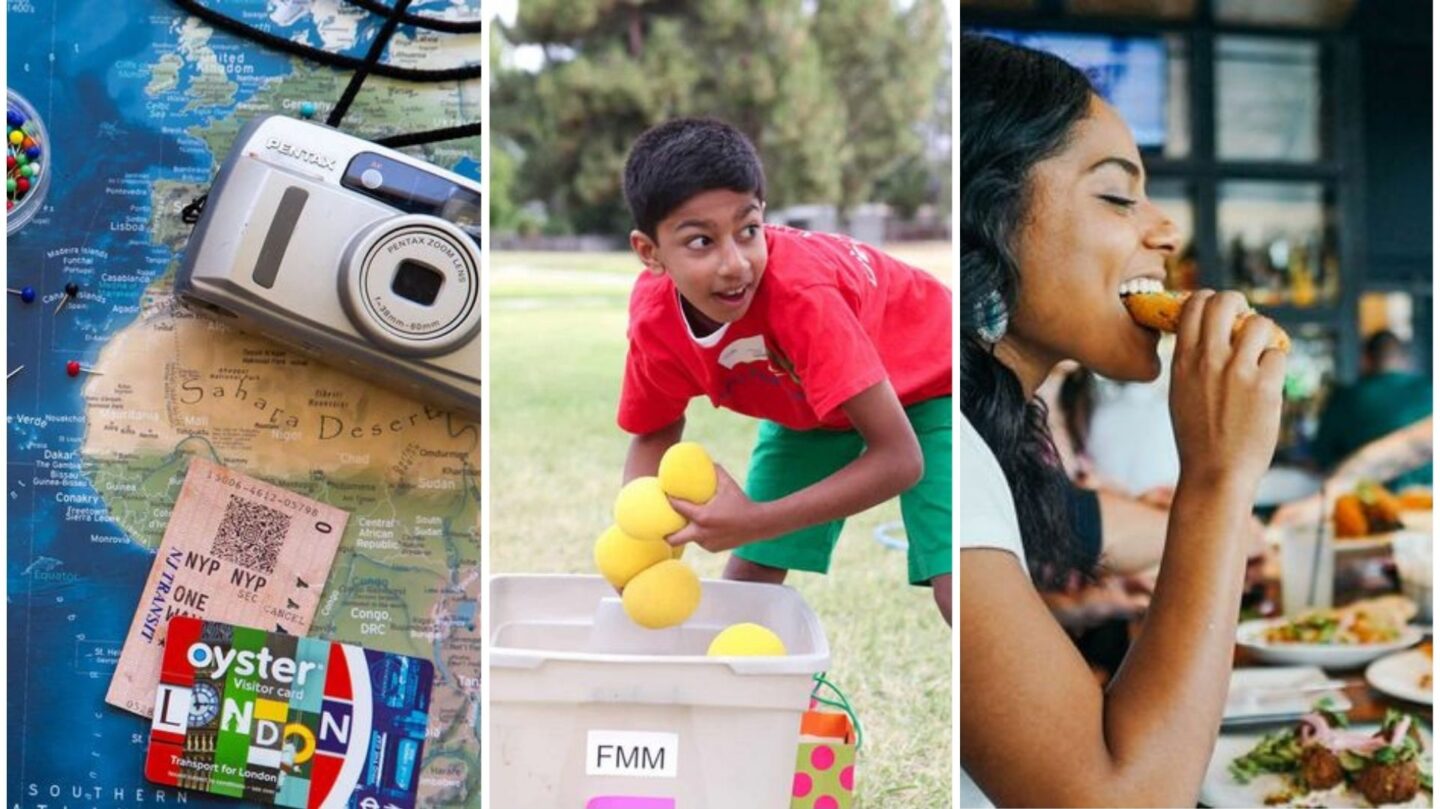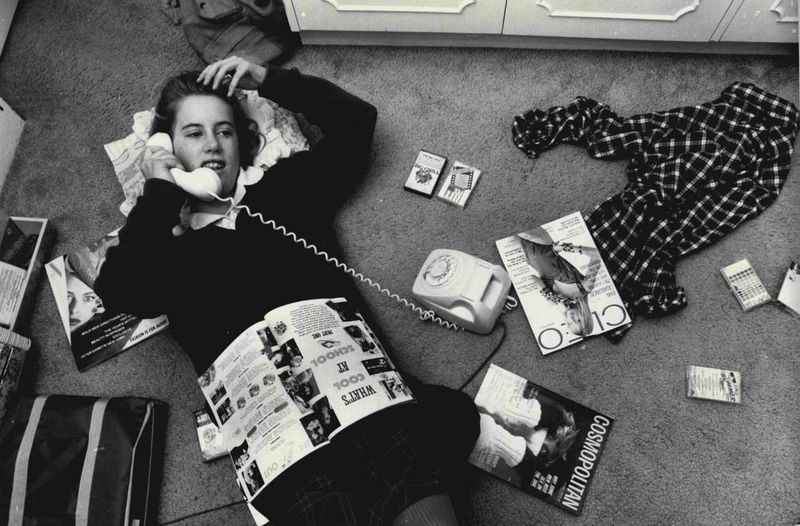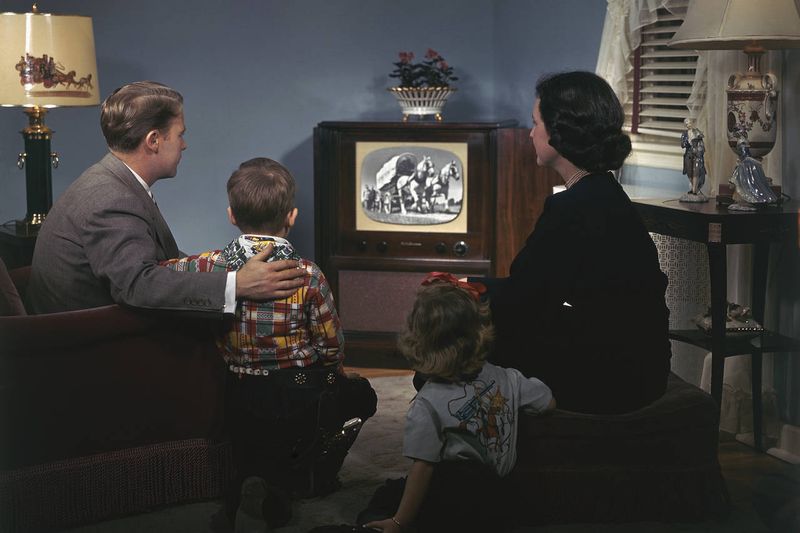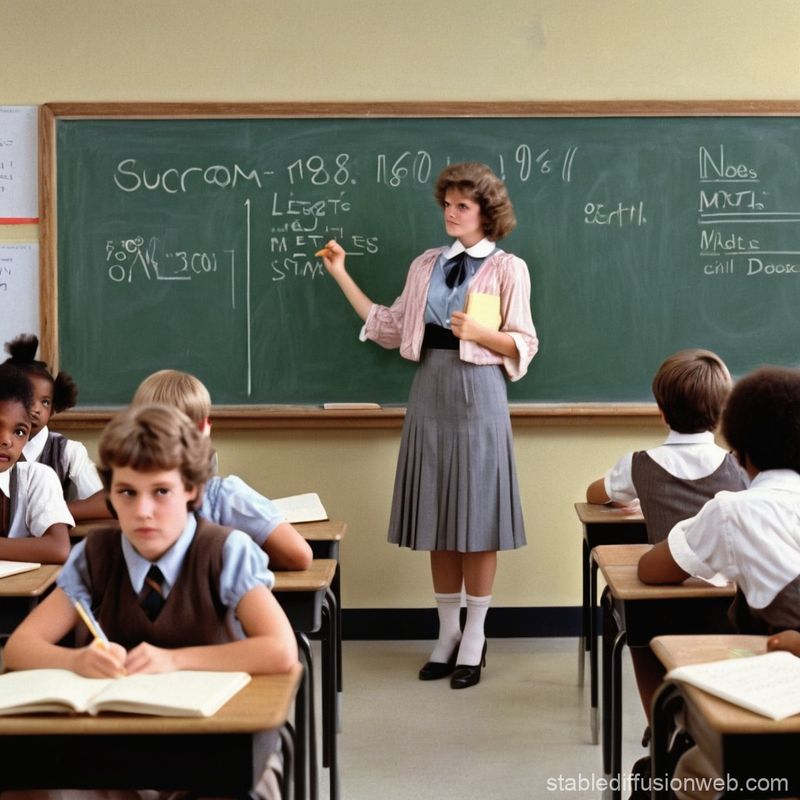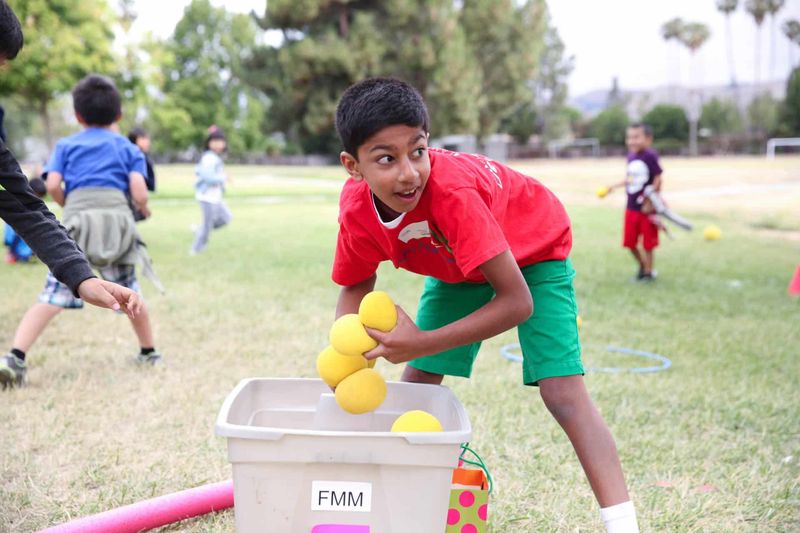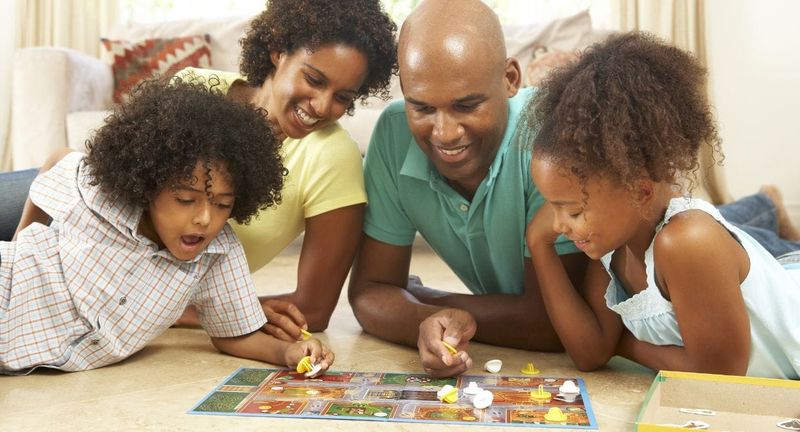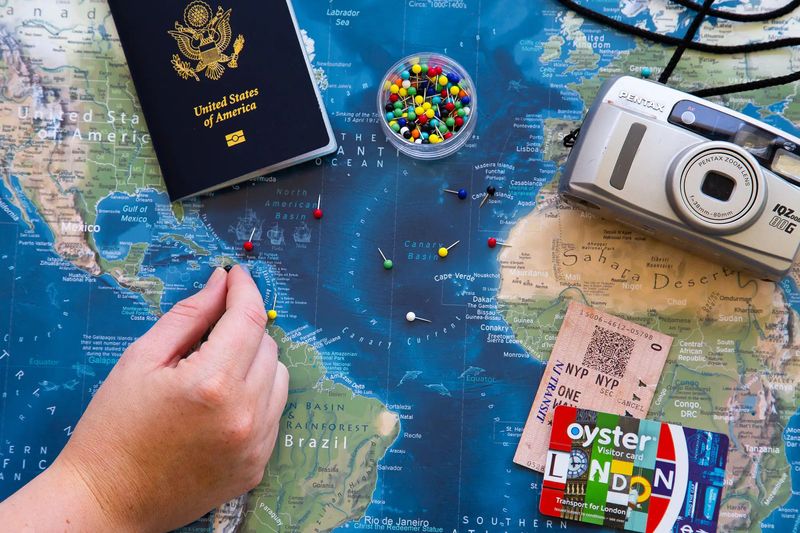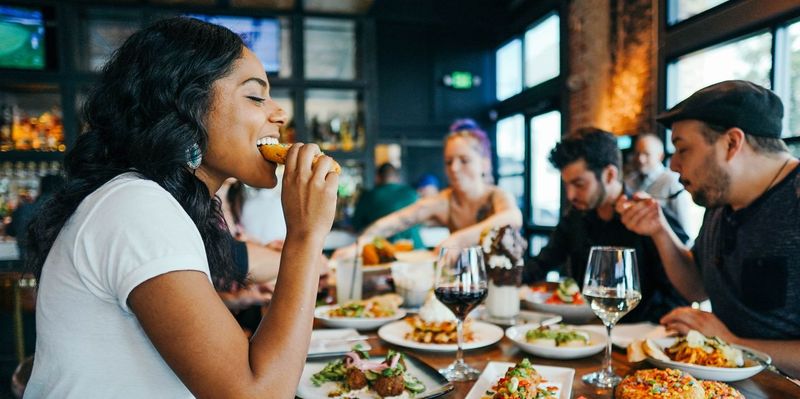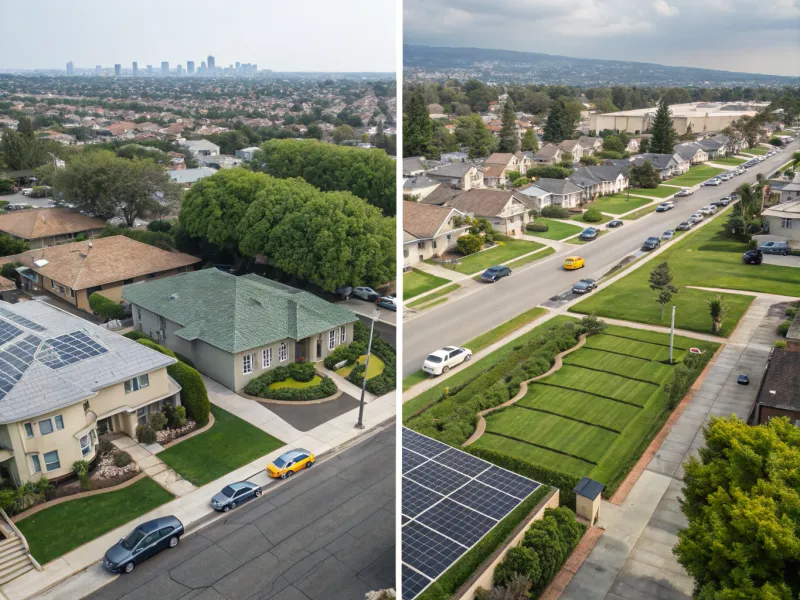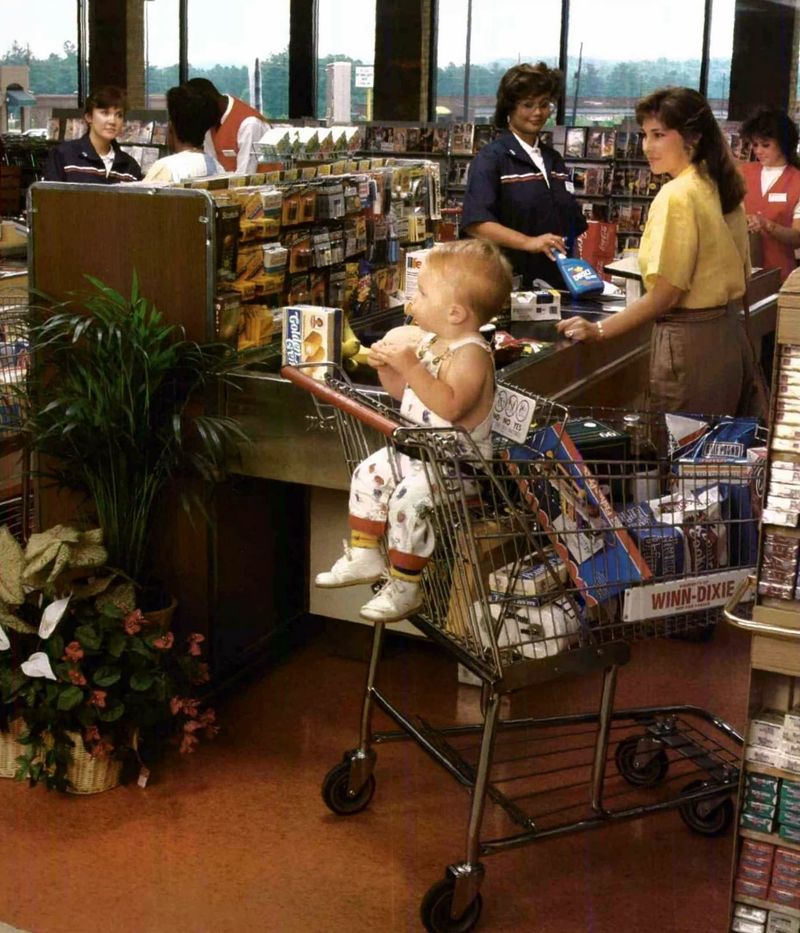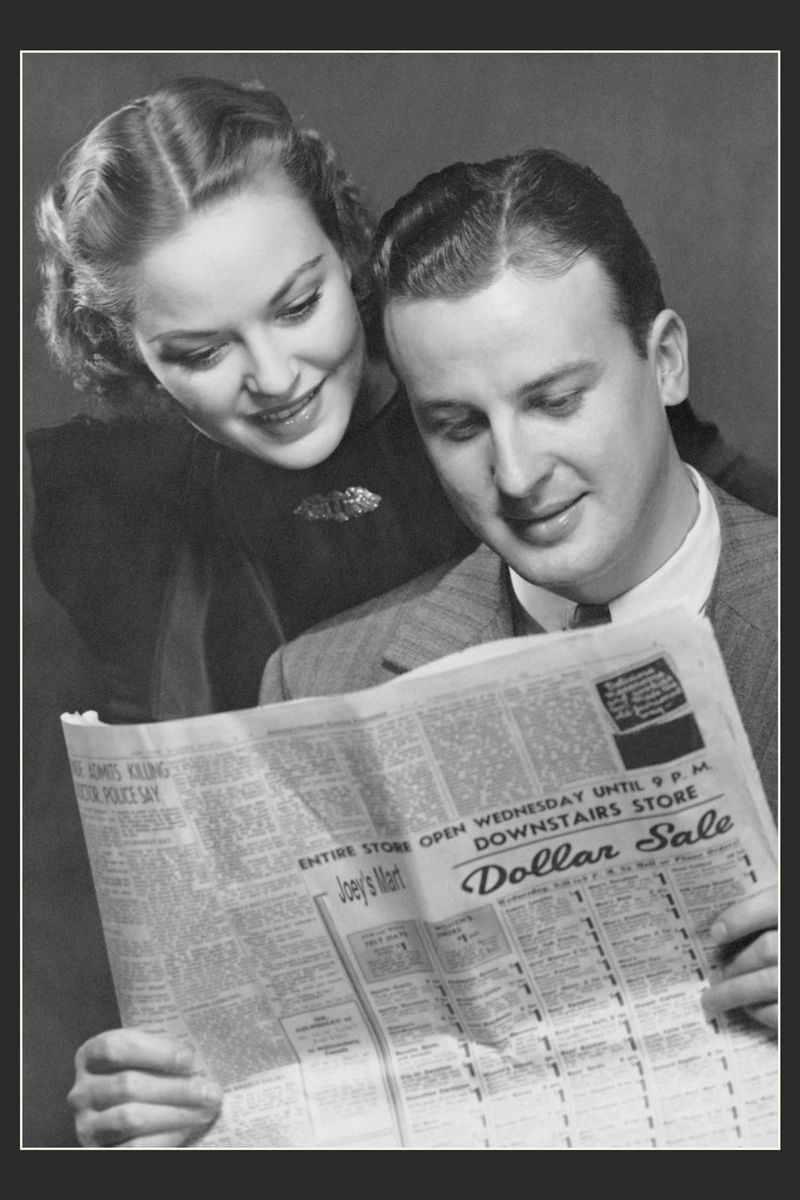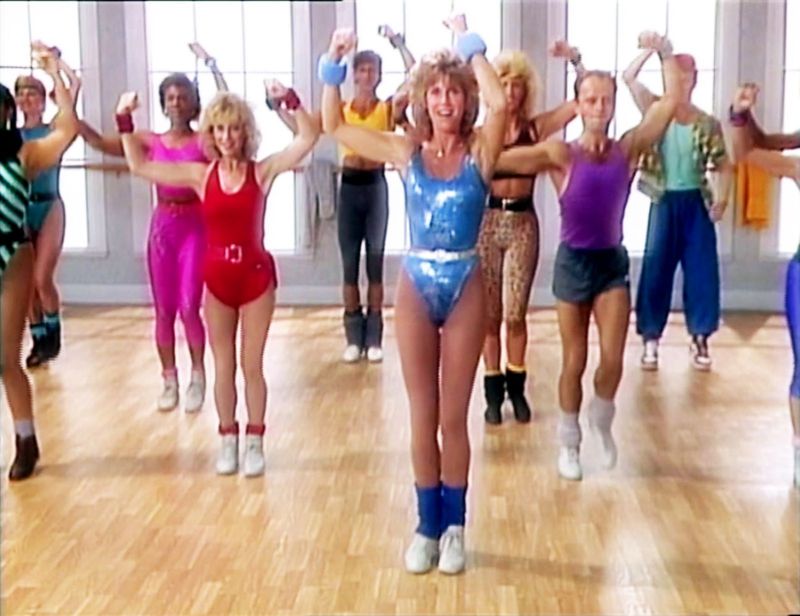Exploring the contrast between growing up in the 1980s and today reveals fascinating insights into technological, social, and cultural shifts. From the way we communicate to how we entertain ourselves, these differences highlight the rapid evolution of our world. This blog post delves into 15 key distinctions, offering a nostalgic yet enlightening journey through time. Let’s uncover how life has transformed over the decades and what these changes mean for the current generation.
Communication: Then and Now
In the 1980s, communication was a slower, more deliberate process. People relied on landline phones and hand-written letters. This meant waiting days or even weeks for a reply. The excitement of receiving a letter or a long-distance call created a sense of anticipation.
Today, instant communication is the norm. With smartphones and the internet, we can connect with anyone, anywhere, at any time. Text messages and video calls bridge distances in seconds. This shift has made communication more efficient but perhaps less personal.
Reflecting on these changes invites us to cherish meaningful interactions.
Entertainment Evolution
Entertainment in the 1980s revolved around television and radio. Families gathered around bulky CRT TVs for scheduled programming. Video rentals were a weekend treat, offering limited choices. The simplicity of entertainment choices created shared experiences within families.
Fast forward to today; on-demand streaming services provide unlimited options. From binge-watching series to exploring niche content, the choices are endless. Though convenient, this personalization can fragment shared experiences.
Understanding this evolution urges us to find balance. Embracing both shared and personal entertainment enriches our lives, fostering connections within families.
Education and Technology
Education in the 1980s was heavily reliant on textbooks and chalkboards. The absence of digital tools made learning a more linear and in-person experience. Teachers were the primary source of information, and libraries were essential for research.
Today, technology is integral to education. Digital boards, online resources, and interactive apps make learning dynamic and accessible. Students can connect with educators and peers globally, expanding their knowledge base. While this connectivity offers incredible opportunities, it also presents challenges like information overload and digital distractions.
Balancing technology and traditional methods can create a robust learning environment.
Fashion: A Tale of Two Eras
The 1980s were iconic for bold and expressive fashion. Neon colors, shoulder pads, and unique patterns defined the era. Fashion was a form of self-expression, with trends often influenced by music and pop culture.
In contrast, today’s fashion leans towards minimalism and sustainability. Neutral colors and eco-friendly materials dominate the scene. While trends change rapidly, there’s a growing emphasis on personal style over conformity.
This shift from flamboyance to simplicity reflects broader societal changes. Embracing both eras’ styles allows individuals to express themselves uniquely, blending nostalgia with modernity.
Playtime: Outdoors vs. Indoors
In the 1980s, playtime was synonymous with outdoor adventures. Children spent hours riding bikes, playing hopscotch, and exploring neighborhoods. These activities fostered creativity, physical health, and social skills.
Today’s playtime often involves digital screens and virtual worlds. Video games and online platforms offer immersive experiences but can limit physical activity and face-to-face interactions. This shift raises concerns about health and social development.
Encouraging a balance between outdoor play and digital entertainment can cultivate well-rounded skills in children, ensuring they enjoy the best of both worlds.
Music Consumption
Music in the 1980s was experienced through physical media like cassette tapes and vinyl records. Listening was an intentional act, often involving entire albums. The process of acquiring music was part of the enjoyment.
Today, digital music platforms provide instant access to millions of songs. Playlists and algorithms tailor music to personal tastes, changing how we discover and enjoy tunes. This convenience, however, might dilute the depth of engagement with music.
While technology has democratized music access, valuing the art form’s rich history can deepen our appreciation for sound and artists alike.
Parenting Styles
Parenting in the 1980s often involved a more hands-on approach. Family activities were centered around shared time without digital distractions. Parents and children engaged in conversations, board games, and outdoor play.
Today’s parents face the challenge of integrating technology into family life. While digital devices offer educational benefits, they can also disrupt traditional bonding times. Modern parenting requires navigating these dynamics to foster meaningful relationships.
Finding a balance between screen time and family interaction helps maintain strong connections, ensuring children grow up with values from both eras.
Travel and Exploration
Travel in the 1980s was an adventure marked by paper maps and road trips. Families piled into station wagons, discovering new places along the way. The journey was as memorable as the destination, with spontaneous detours adding excitement.
In contrast, today’s travel is guided by technology. GPS systems and online reviews make planning efficient, though perhaps less adventurous. Hybrid cars and sustainable practices reflect environmental awareness.
While technology enhances convenience, embracing spontaneity and exploration can enrich travel experiences, creating lasting memories beyond the digital itinerary.
Social Interaction: Real vs. Virtual
In the 1980s, social interactions were predominantly face-to-face. Friends met at arcades, malls, and neighborhood hangouts, building strong in-person connections. These gatherings fostered communication skills and lasting friendships.
Today’s social interactions often occur in virtual spaces. Social media platforms enable us to connect with a vast network but can sometimes feel superficial. This shift impacts how relationships are formed and maintained.
Balancing real-life interactions with online connections nurtures meaningful relationships. Emphasizing quality over quantity ensures our social lives remain fulfilling in the digital age.
The Economy and Job Market
The 1980s economy was defined by traditional job structures. Office work was largely 9-to-5, with clear career paths and long-term job stability. Personal interactions and networking were key to professional growth.
Today’s job market is dynamic and flexible. Remote work and gig economies offer more freedom but less stability. Digital networking and online platforms shape career trajectories. This evolution affects work-life balance and job security.
Adapting to these changes requires skills in flexibility and technological proficiency, ensuring success in a rapidly evolving economic landscape.
Food and Dining
Dining in the 1980s often centered around home-cooked meals and family gatherings. Cooking was a shared activity, strengthening family bonds and cultivating culinary skills. Meals were opportunities for conversation and connection.
In contrast, today’s dining habits often include food delivery and dining out. Busy lifestyles and convenience drive this trend, offering diverse culinary experiences. However, it may reduce time spent together in the kitchen.
Balancing convenience with tradition can foster family connections and preserve culinary heritage, enriching our food experiences and relationships.
Environmental Awareness
In the 1980s, environmental awareness was emerging but not widespread. Recycling and conservation were beginning to gain attention, yet many practices were unsustainable. The era’s lifestyle often prioritized convenience over environmental impact.
Today, there’s a heightened focus on sustainability. Eco-friendly products, renewable energy, and conservation efforts reflect a shift towards environmental responsibility. Individuals and communities are more conscious of their ecological footprint.
This growing awareness encourages everyone to adopt sustainable practices, ensuring a healthier planet for future generations. Embracing these changes helps us live harmoniously with nature.
Shopping and Consumerism
Shopping in the 1980s was a physical experience involving trips to malls and stores. People enjoyed browsing and trying items in person, making shopping a social activity. The tactile nature added excitement to consumption.
Today’s shopping experience is primarily digital. Online platforms offer convenience and variety, allowing consumers to shop from anywhere. This shift, however, reduces the social aspects and tactile engagement of shopping.
Finding joy in both physical and digital shopping experiences can enhance consumer satisfaction, blending tradition with modern convenience.
Literature and Media
Literature in the 1980s was largely dominated by print media. Paperback novels and newspapers were the primary sources of information and entertainment. Reading was a cherished pastime, offering a tangible connection to stories.
Entering the digital age, e-books and online media have revolutionized how we consume literature. Instant access to vast libraries and multimedia content enriches our options. Yet, some argue it diminishes the depth of engagement.
Valuing both digital and print media can enhance our literary experiences, preserving the richness of storytelling across formats.
Health and Fitness Trends
Health and fitness in the 1980s were characterized by aerobics and jazzercise classes. Group activities and fitness tapes were popular, fostering a sense of community and motivation. The focus was on physical activity and fun.
Today, technology drives fitness trends. Apps, wearables, and virtual classes offer personalized and data-driven workouts. This shift emphasizes individual goals and progress tracking. While convenient, it may reduce communal engagement.
Balancing traditional group activities with modern technology can create fulfilling fitness routines, promoting both personal wellness and community spirit.
